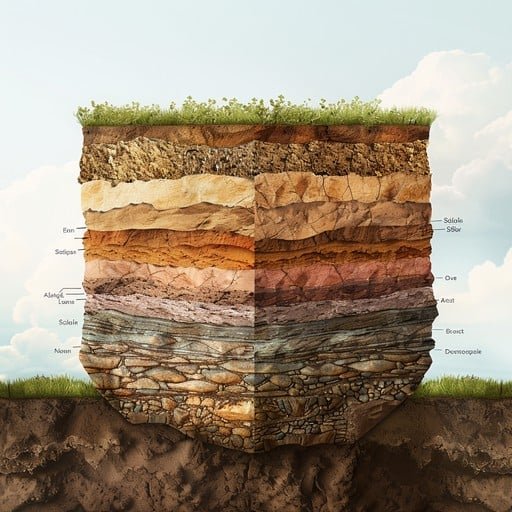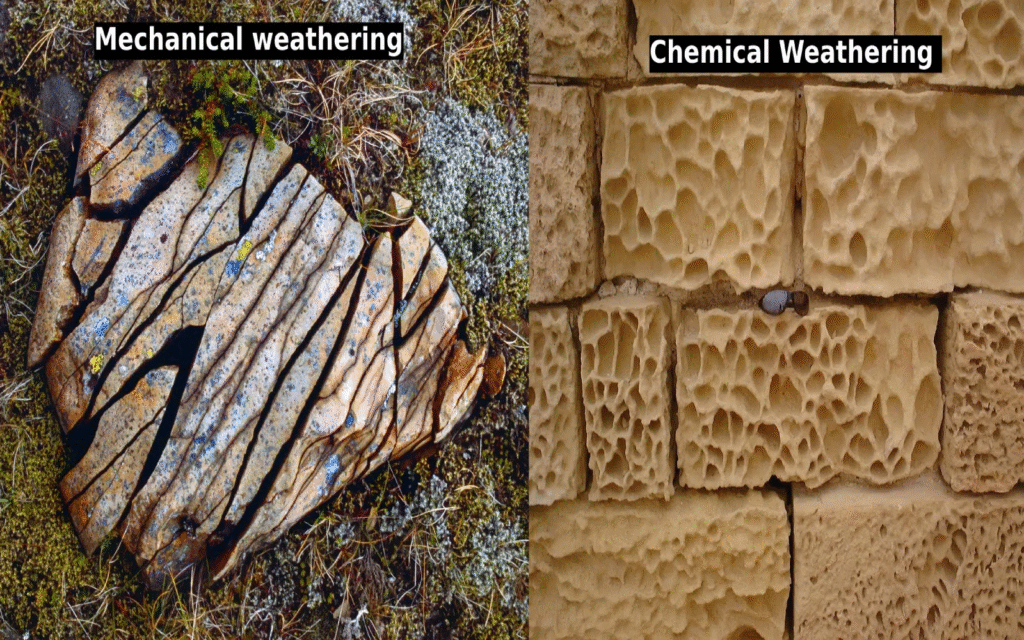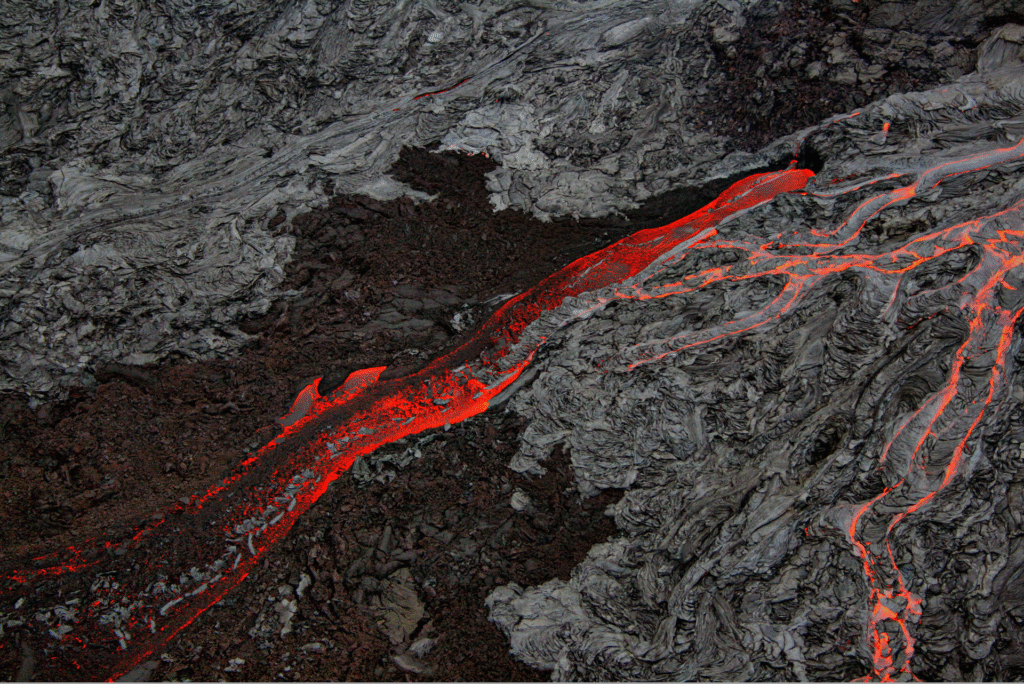Industrial Minerals in Geology

Industrial minerals are a vital part of the Earth’s crust and play a critical role in both geology and industry . While not always as glamorous as precious metals or fossil fuels, they are essential to modern life , used in everything from construction materials to cosmetics .
Understanding the geological origins and distribution of industrial minerals helps geologists, miners, and industrial users locate, extract, and utilize these resources efficiently and sustainably.
What Are Industrial Minerals?
Industrial minerals are naturally occurring, non-metallic minerals used in industrial applications due to their physical and chemical properties , not for their metallic or energy content.
Common examples include:
- Kaolin (China Clay) – used in paper, ceramics, and paint
- Limestone – used in cement and construction
- Silica Sand – used in glass and foundry casting
- Talc – used in cosmetics and plastics
- Gypsum – used in plaster and drywall
- Feldspar – used in glass and ceramics
- Calcium Carbonate – used in plastics, paints, and pharmaceuticals
How Do Industrial Minerals Form?
Industrial minerals form through a variety of geological processes , which determine their distribution, purity, and usability . These include:
1. Sedimentary Processes
Minerals like limestone, gypsum, and halite form from the deposition and crystallization of minerals in evaporating basins or marine environments.

2. Weathering and Alteration
Kaolin and bauxite form through the chemical weathering of silicate rocks under tropical or humid conditions.

3. Metamorphic Activity
Talc, graphite, and mica often form through metamorphism , where existing rocks are altered by heat and pressure.

4. Volcanic and Igneous Activity
Feldspar and silica sand are often derived from the weathering of igneous rocks like granite and basalt.

5. Hydrothermal Processes
Some clays and silica deposits form from hydrothermal fluids associated with volcanic activity.

Why Geology Matters in Industrial Mineral Exploration
- Deposit Location : Geology determines where minerals are likely to be found.
- Purity and Quality : The geological environment affects the purity, grain size, and chemical composition of a mineral.
- Extraction Methods : Knowing the rock type and structure helps in planning mining and processing techniques .
- Sustainability : Understanding geology supports responsible mining , land reclamation, and resource longevity .
As industries move toward green technologies and sustainable materials , the geological understanding of industrial minerals becomes even more crucial in reducing environmental impact and improving efficiency.
Frequently Asked Questions (FAQs)
Q1: What is the geological origin of kaolin?
A: Kaolin typically forms from the chemical weathering of feldspar-rich rocks like granite under warm, humid conditions.
Q2: Where are silica sand deposits commonly found?
A: Silica sand is often found in ancient riverbeds, beaches, and sandstone formations , formed by the erosion and weathering of quartz-rich rocks.
Q3: How does geology affect the use of industrial minerals?
A: The geological formation influences the purity, structure, and properties of a mineral, which in turn determines its industrial suitability and application .

